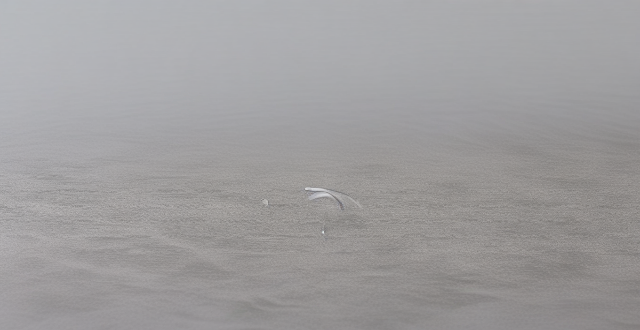The COVID-19 virus, SARS-CoV-2, can survive on surfaces for varying lengths of time, depending on factors such as the type of surface, temperature, humidity, and the amount of virus present. The timeline for virus survival on surfaces includes up to 4 hours on copper, up to 24 hours on cardboard, and up to 72 hours on plastic, stainless steel, glass, banknotes, and coins. To effectively clean and disinfect surfaces, it is recommended to follow a two-step process: cleaning the surface with soap or detergent and water, and then disinfecting the surface with an EPA-approved disinfectant. Examples of approved disinfectants include diluted bleach, alcohol solutions with at least 70% alcohol, hydrogen peroxide (3%), and quaternary ammonium compounds. It is important to wear gloves when handling disinfectants, ensure proper ventilation, never mix different cleaning products, and disinfect frequently touched surfaces regularly.

Survival of the COVID-19 Virus on Surfaces
The virus that causes COVID-19, known as SARS-CoV-2, can survive on surfaces for varying lengths of time, depending on factors such as the type of surface, temperature, humidity, and the amount of virus present. Here is an overview of how long the virus can persist on different types of surfaces:
Timeline of Virus Survival on Surfaces
- Copper: Up to 4 hours
- Cardboard: Up to 24 hours
- Plastic and stainless steel: Up to 72 hours
- Glass: Up to 72 hours
- Banknotes and coins: Up to 72 hours
It is important to note that these timelines are estimates based on laboratory studies, and actual survival times may vary in real-world conditions.
Cleaning and Disinfecting Surfaces
To effectively clean and disinfect surfaces, it is recommended to follow a two-step process:
Step 1: Clean the Surface
Use soap or detergent and water to physically remove dirt and germs from surfaces. This step is important because it reduces the number of germs on the surface, making it easier for the disinfectant to kill any remaining germs.
Step 2: Disinfect the Surface
After cleaning, use a disinfectant to kill any remaining germs on the surface. Make sure to read the label instructions carefully and follow them closely. The EPA has provided a list of approved disinfectants that are effective against SARS-CoV-2.
Examples of EPA-Approved Disinfectants
- Bleach (diluted)
- Alcohol solutions with at least 70% alcohol
- Hydrogen peroxide (3%)
- Quaternary ammonium compounds
Key Points to Remember
- Always wear gloves when handling disinfectants.
- Ensure proper ventilation when using disinfectants.
- Never mix different cleaning products, as this can be dangerous.
- Disinfect frequently touched surfaces regularly, such as doorknobs, light switches, countertops, and phones.
By following these guidelines, you can help reduce the risk of contracting or spreading the COVID-19 virus through surface transmission.